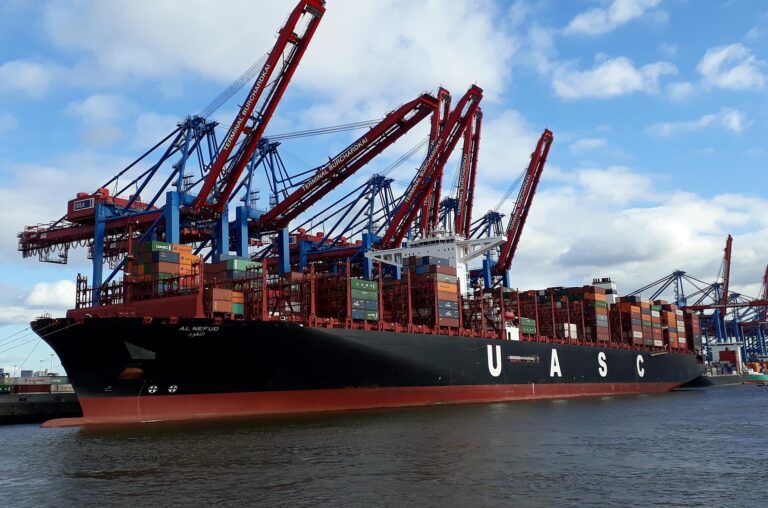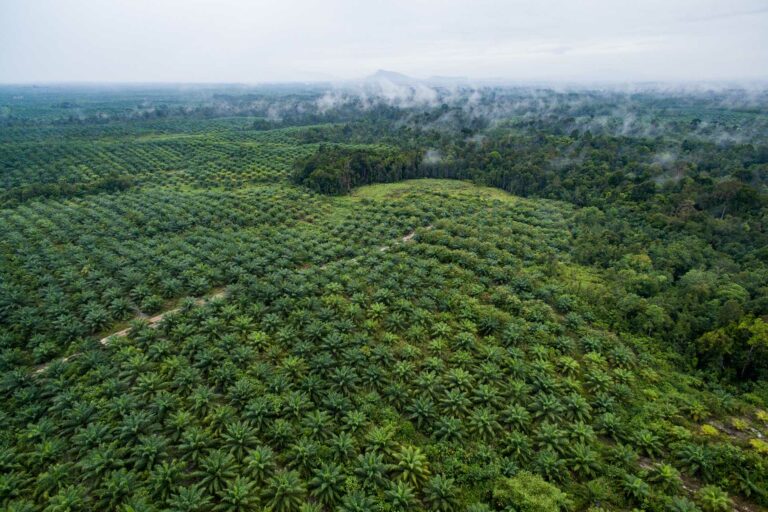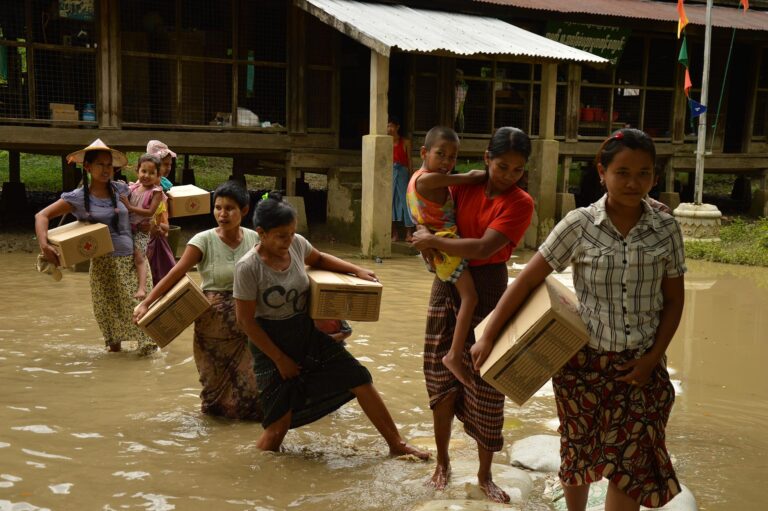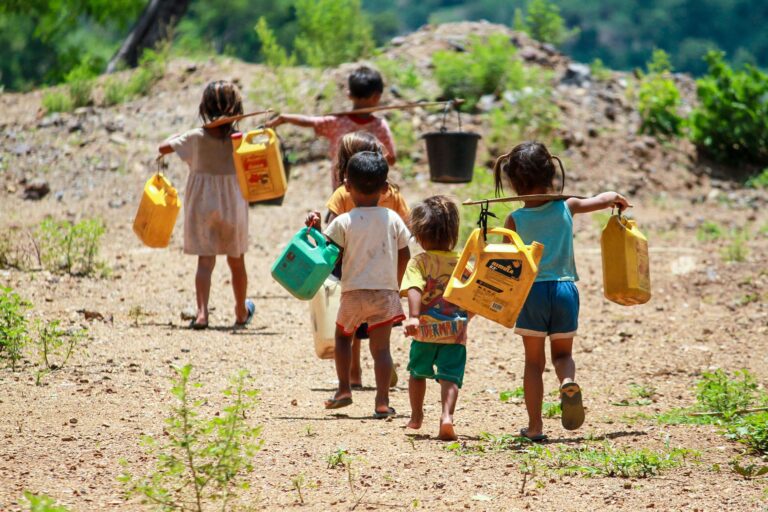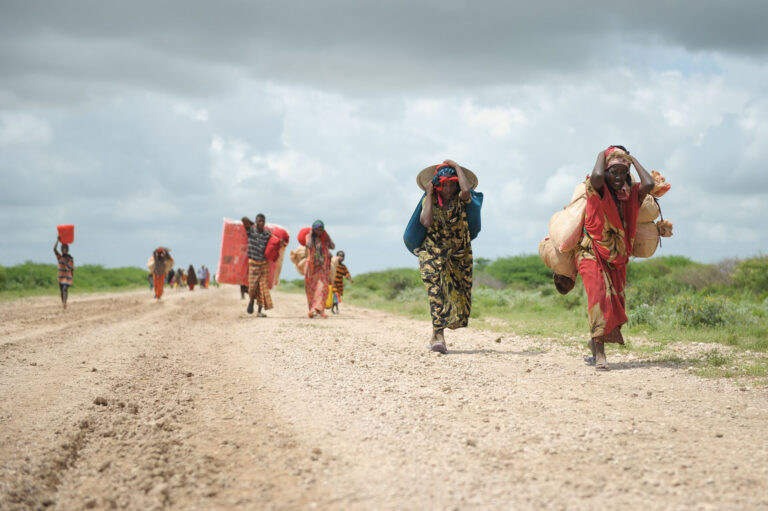In response to the threats posed by climate change, including its foreseeable significant...
Cultural destruction is a less well-recognized form of climate-induced loss and damage and is one of the most devastating impacts of the climate crisis.
Forms of cultural destruction may include the loss of language, disruption to traditional livelihoods, the destruction of cultural heritage sites, a loss of community due to forced migration, the permanent loss of customary lands, and the inability to practice traditional customs.
The climate crisis poses an existential threat to many communities, including Indigenous Peoples, coastal communities, and people from small island states. Despite having contributed little to the climate crisis, Indigenous Peoples are experiencing – and will continue to experience – some of the worst impacts of climate change because many are dependent on ecosystems and natural resources that are prone to severe climate impacts. For example, melting sea ice, severe weather events, flooding, droughts, and increased sea water temperatures threaten indigenous food sovereignty, including for polar and Arctic communities.
Even with substantial climate mitigation measures, global mean sea level is projected to rise at least 0.28 to 0.55 meters by 2100, with sea levels rising 2 to 3 meters with 1.5°C warming and 2 to 6 meters with 2°C warming over the next 2,000 years. By 2050, roughly 191 of 284 recognized heritage sites in Africa will be threatened by sea level rise, including spiritually significant sites and customary fishing places. Low-lying island states are extremely vulnerable to sea level rise, and island communities are threatened with imminent displacement and loss of culture and heritage.
With each degree of warming, the climate crisis will pose more acute risks to cultural traditions. According to the Intergovernmental Panel on Climate Change, higher degrees of global warming will have higher consequences on disadvantaged and vulnerable communities. Climate change is a threat multiplier and will disproportionately impact communities already under external pressure by economic development projects, political conflict, and other social and demographic factors.
Photo Credit: Uummannaq is a Greenlandic island settlement well above the Arctic Circle. Many of its 1400 indigenous residents recall being able to travel across thickly-frozen sea ice to settlements dotting the fjord by dog sledge from December till May. In recent years that has changed dramatically; in 2022, there would be barely two months of reliably solid sea ice for on-ice activities central to Inuit culture, such as hunting and dog-sledging. Photo by Adam Sébire (Climate Visuals).
More reading...
Decreasing greenhouse gas emissions from global supply chains is a critical component of...
Climate change and the environmental degradation it causes lead to the violation of...
Regional courts, such as the Inter-American Court on Human Rights (IACtHR), and European...
Water is a limited natural resource and a public good fundamental for life...

